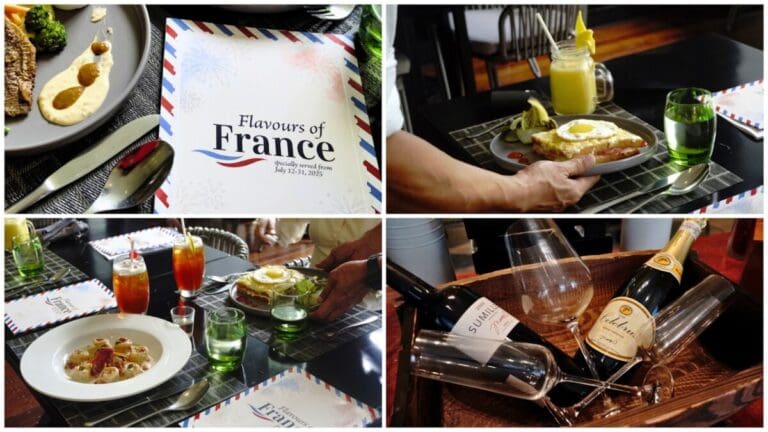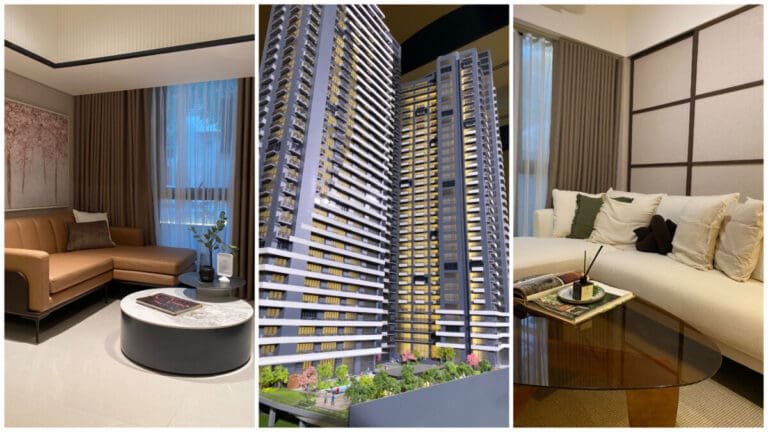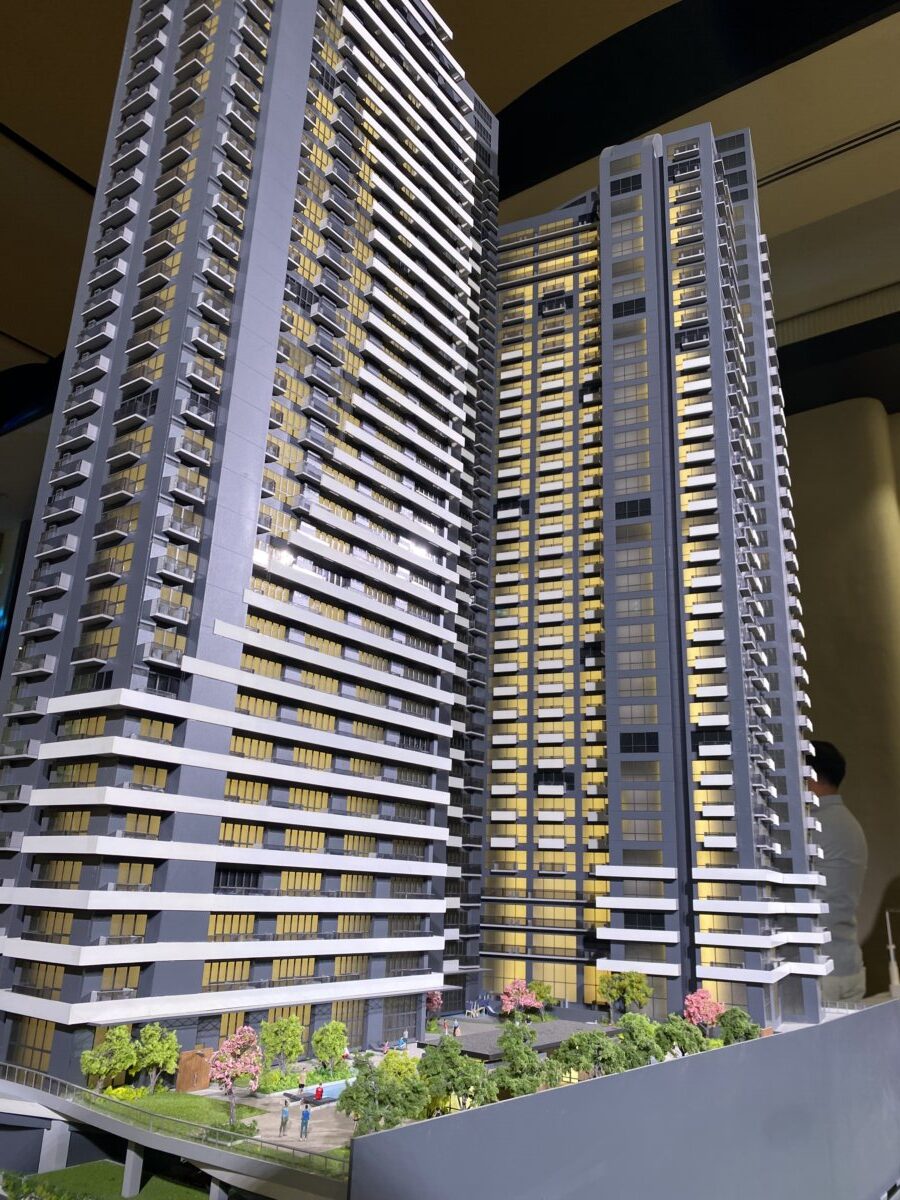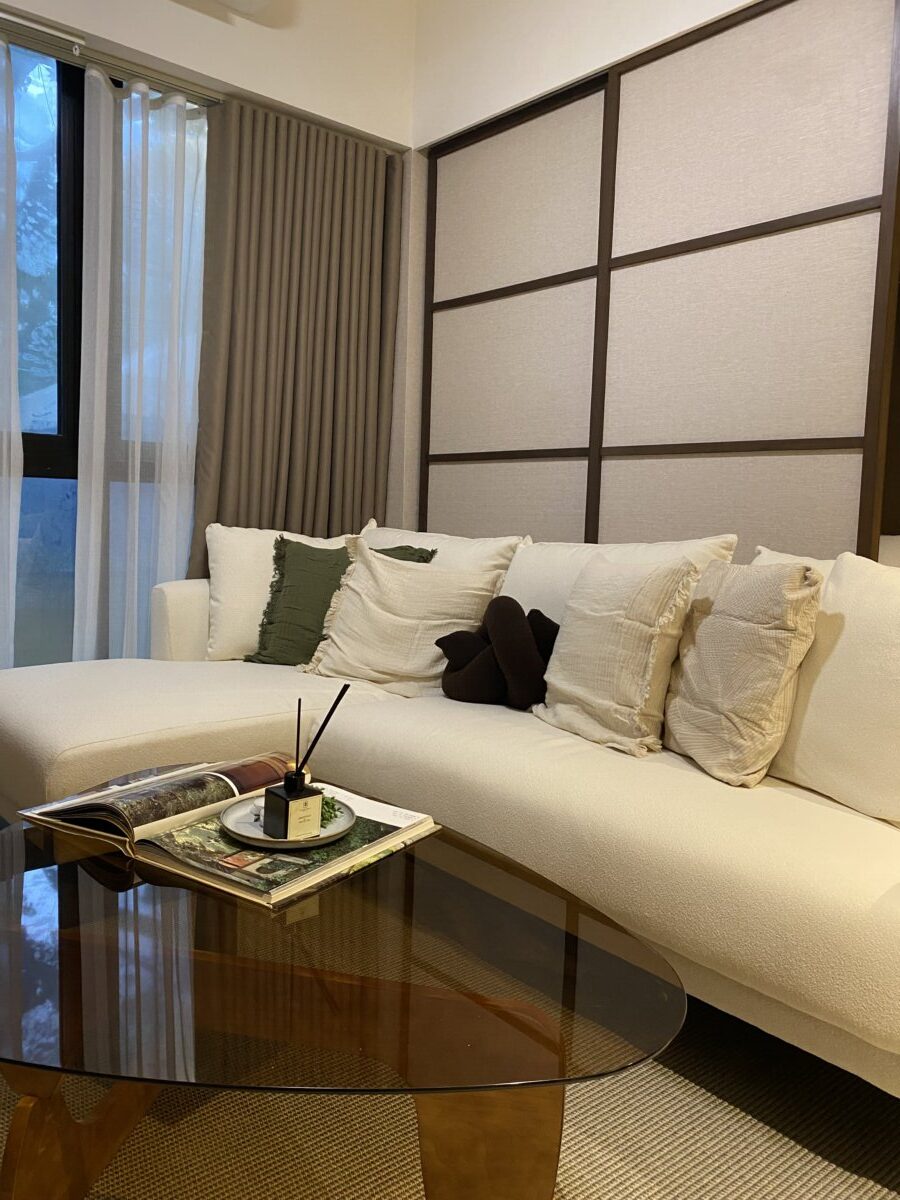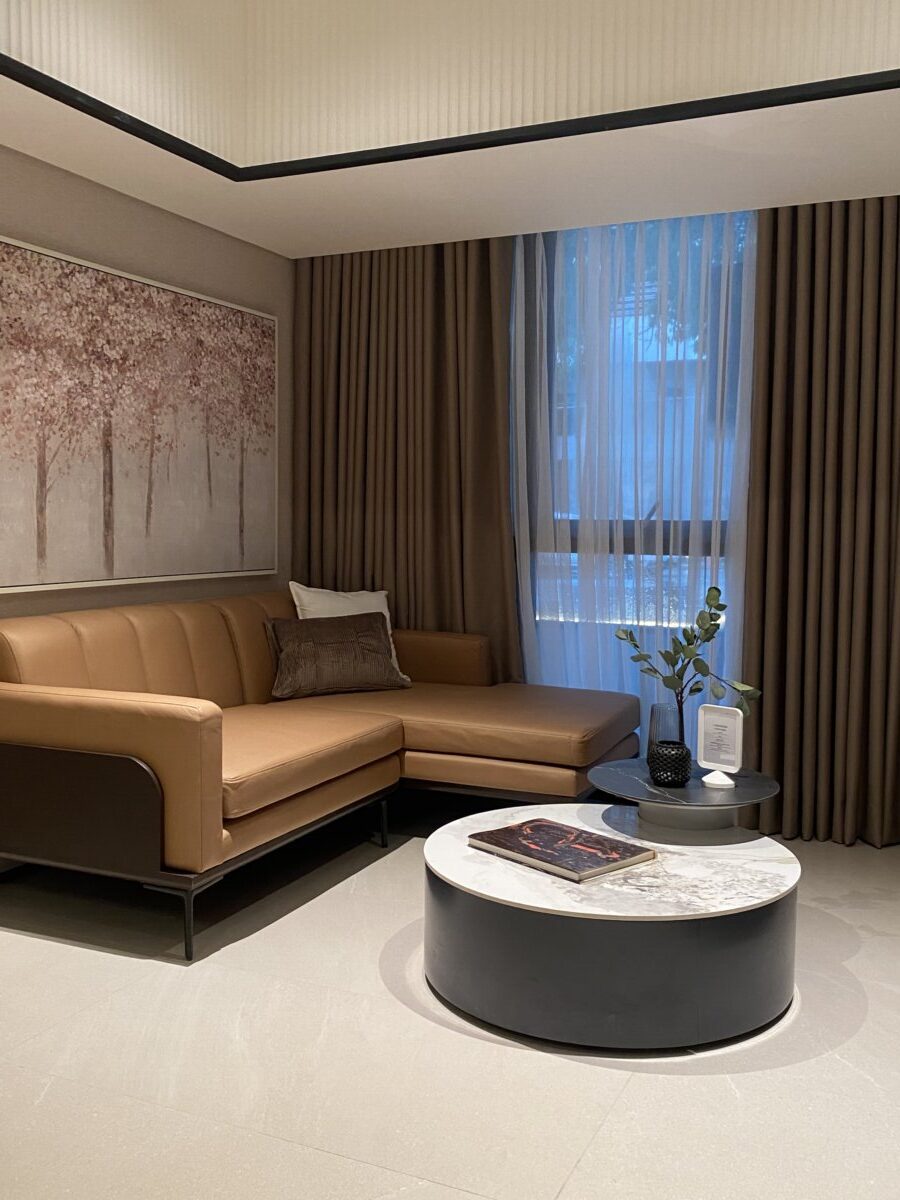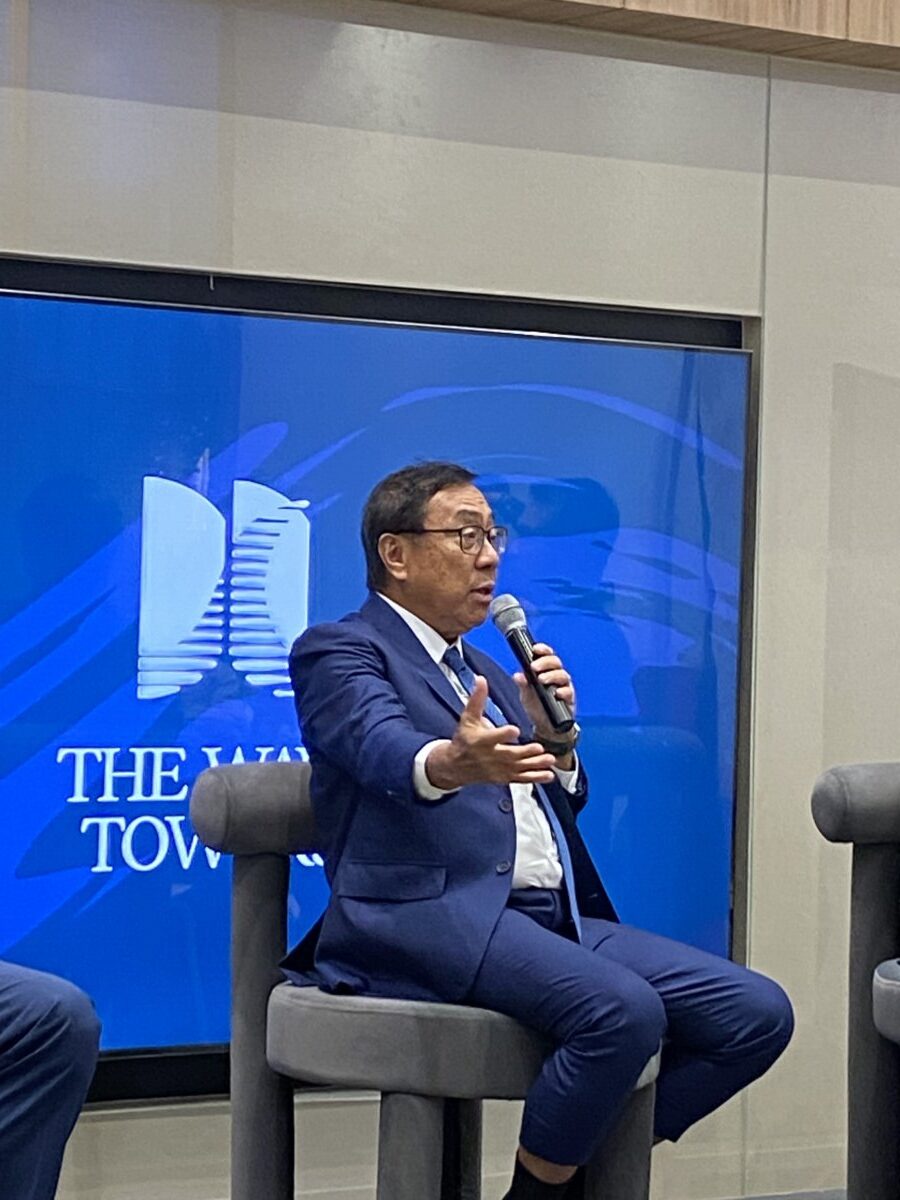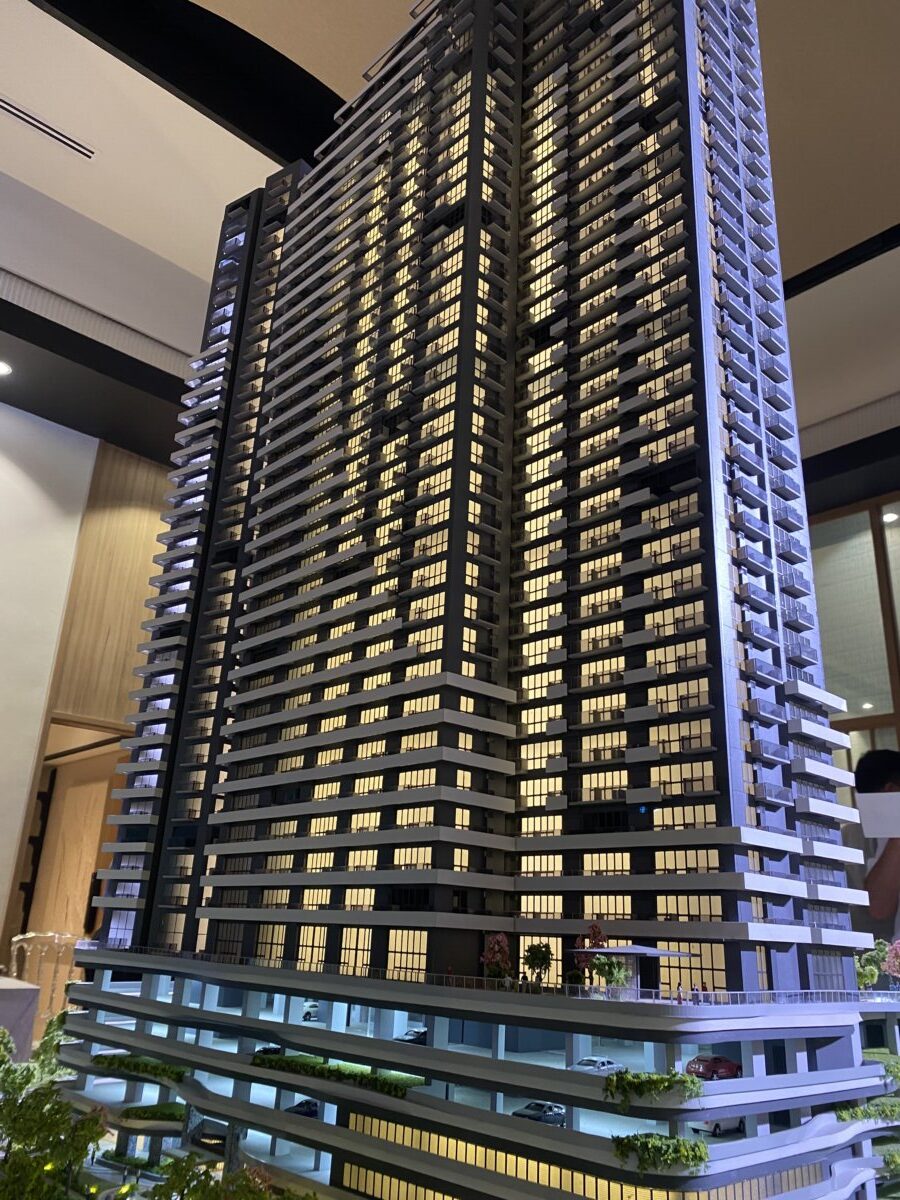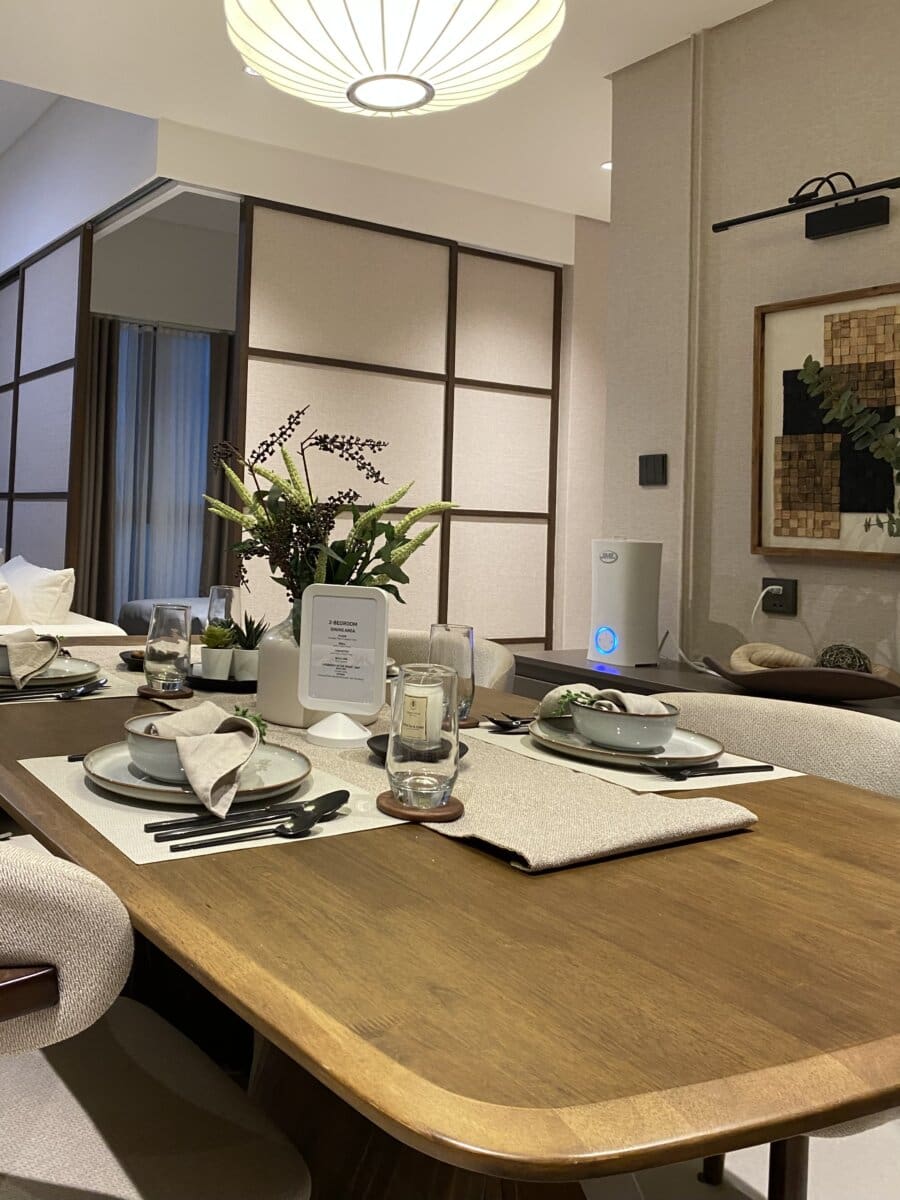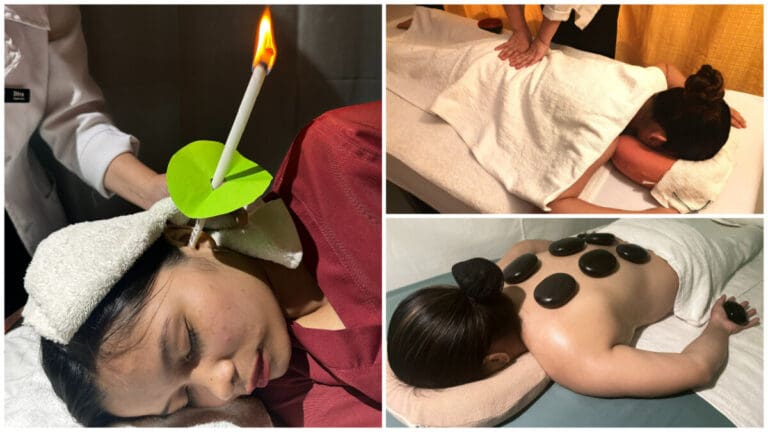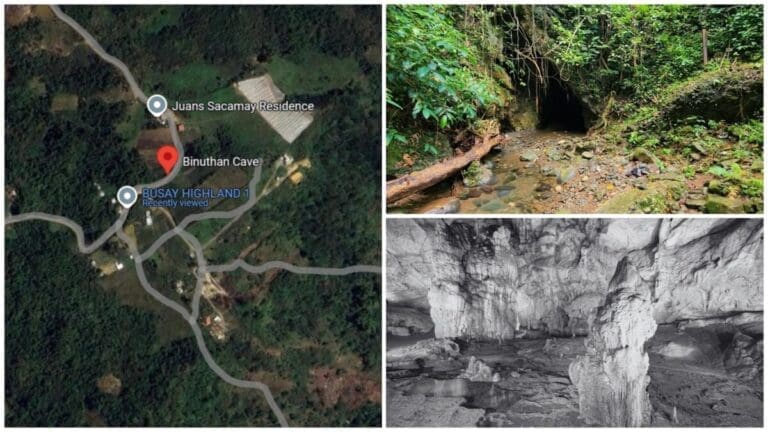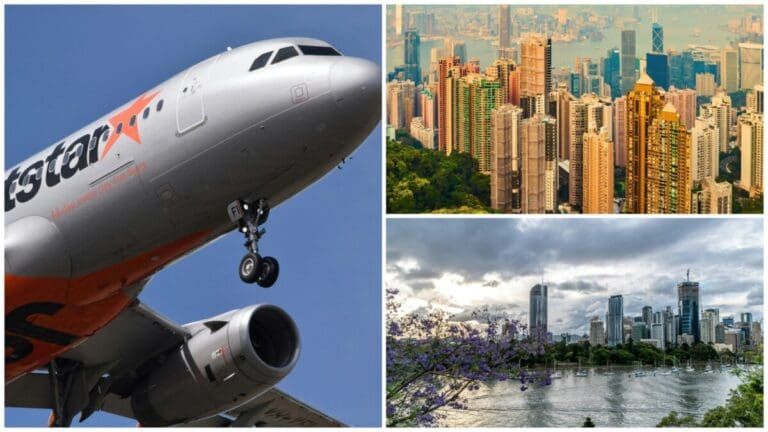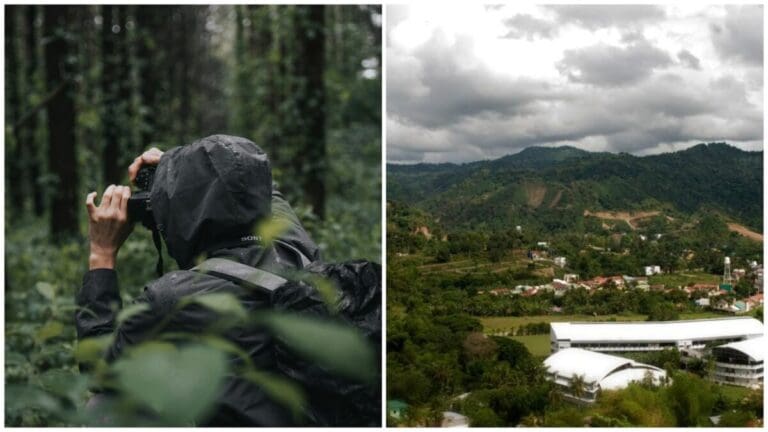This July, Mövenpick Hotel Mactan Island Cebu invites you to take your taste buds on a European escape, no passport needed. In celebration of Bastille Day, Mövenpick Cebu brings back Flavours of France, a limited-time culinary experience that highlights the elegance, richness, and heart of French cuisine.
A Heart of France at Mövenpick Cebu
From July 12 to 31, 2025, diners can enjoy a specially curated à la carte menu at The Sails and The Forum. Crafted by French Executive Chef Christian Bouby, the dishes reflect timeless French traditions with modern finesse and a touch of tropical flair.
“Our menu celebrates classic and contemporary French dishes that showcase regional flavours” Chef Bouby shares.
It’s more than just a food event, it’s an experience from the heart of France at Mövenpick Cebu, with passion for heartfelt hospitality, fine cuisine, and the joy of living well.
General Manager Simon Chew also adds, “At Mövenpick, we believe food is a way to connect cultures. Events like Flavours of France not only delight the palate but also immerse our guests in authentic European traditions. It’s a celebration of heritage—one plate at a time.”
Sneak Peek at the Menu
Get ready for some of the French-inspired lineup that’s both comforting and elegant:
• Croque-Madame et sa salade mêlée
Toasted bread topped with Béchamel sauce, ham, cheese, and a fried sunny-side-up egg. Served with a fresh mixed salad.
• Blanquette de crevettes aux câpres, riz au coco
Sautéed shrimps in creamy broth with capers and bacon, paired with coconut rice.
• Filet de lieu rôti au beurre Nantais
Pan-seared fish fillet with Nantais butter sauce, served with vegetables and mashed potato.
• Poitrine de porc braisée et caramélisée au miel, compotée de choux et pomme de terre à l’anglaise
Pork belly glazed in honey-soy, served with melted cabbage and boiled potato.
Desserts
• Gâteau Opéra (Opera cake)
• Paris-Brest (Choux wheel filled with hazelnut cream.)
Drinks
• Pretty in Peach
• Classic Iced Tea
These French dishes pair perfectly with Manny O. Wines. The rich flavour of the starters and main courses, along with the sweet desserts, is nicely balanced by the smooth and versatile taste of the wines. It’s a great match for a well-rounded and enjoyable meal.
View the menu: https://bit.ly/FlavoursOfFrance-Menu
Not Just a Meal—A Full Island Escape
More than just a destination for good food, Mövenpick Hotel Mactan Island Cebu is the kind of place where you can enjoy a full weekend of indulgence. With 245 elegantly appointed rooms and suites, the hotel offers a seamless mix of comfort and style, perfect for a quick getaway or staycation.
Diners can explore more than just French flavours too. Mövenpick Cebu’s dining outlets serve a variety of Asian and international dishes, while the resort’s signature Balearic-inspired lifestyle dining adds a laid-back yet luxurious vibe to your stay.
Need a break after your feast? Take a stroll along the white-sand beach or treat yourself to a massage at Spa del Mar, the hotel’s serene wellness spot by the sea.
Other Information
Now available at The Sails and The Forum, Mövenpick Hotel Mactan Island Cebu
Dates: July 12 to 31, 2025
Reservations: (032) 252 7777
Email: [email protected]
Reserve here: https://forms.office.com/e/1EkNWbd7XS
Available for dine-in, in-room service, or takeaway.
How To Get There?
By Car: Navigate to the Mövenpick Hotel Mactan Island Cebu via Waze or Google Maps
By Commute: Take the MyBus from SM City Cebu to Mactan Airport or Marina Mall. Transfer to a jeepney going to Punta Engaño. Get off at the Mövenpick Hotel Mactan Island Cebu.
With Flavours of France, Mövenpick Hotel Mactan Island Cebu transforms tradition into something present, personal, and memorable. It is a quiet celebration of culture through cuisine, one that invites guests to not only enjoy the food but to feel the moment. This Bastille Day, let France come to your table. The flavours await.

